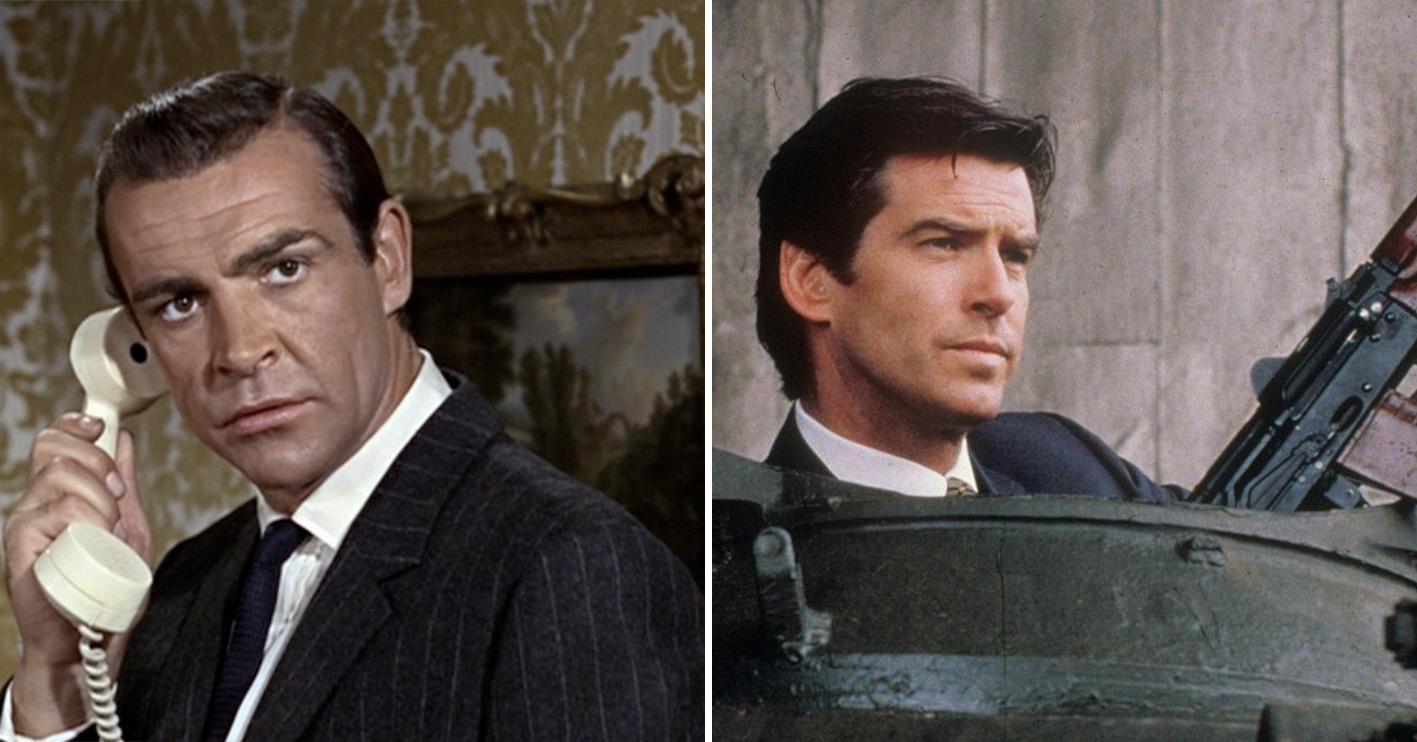After 60 years in the movie business, Ian Fleming’s suave secret agent James Bond 007 is as alive and well as ever. With its escapist adventure and glamour, the long-standing popularity of the franchise isn’t hard to explain: when Bond’s on form, nobody does it better.
Still, while we’ll admit to finding all 25 Bond movies entertaining, there’s no doubt that while some are stone-cold classics, some don’t quite hit the same heights. Where would you rank these among the best and worst of 007?
One of the best: GoldenEye
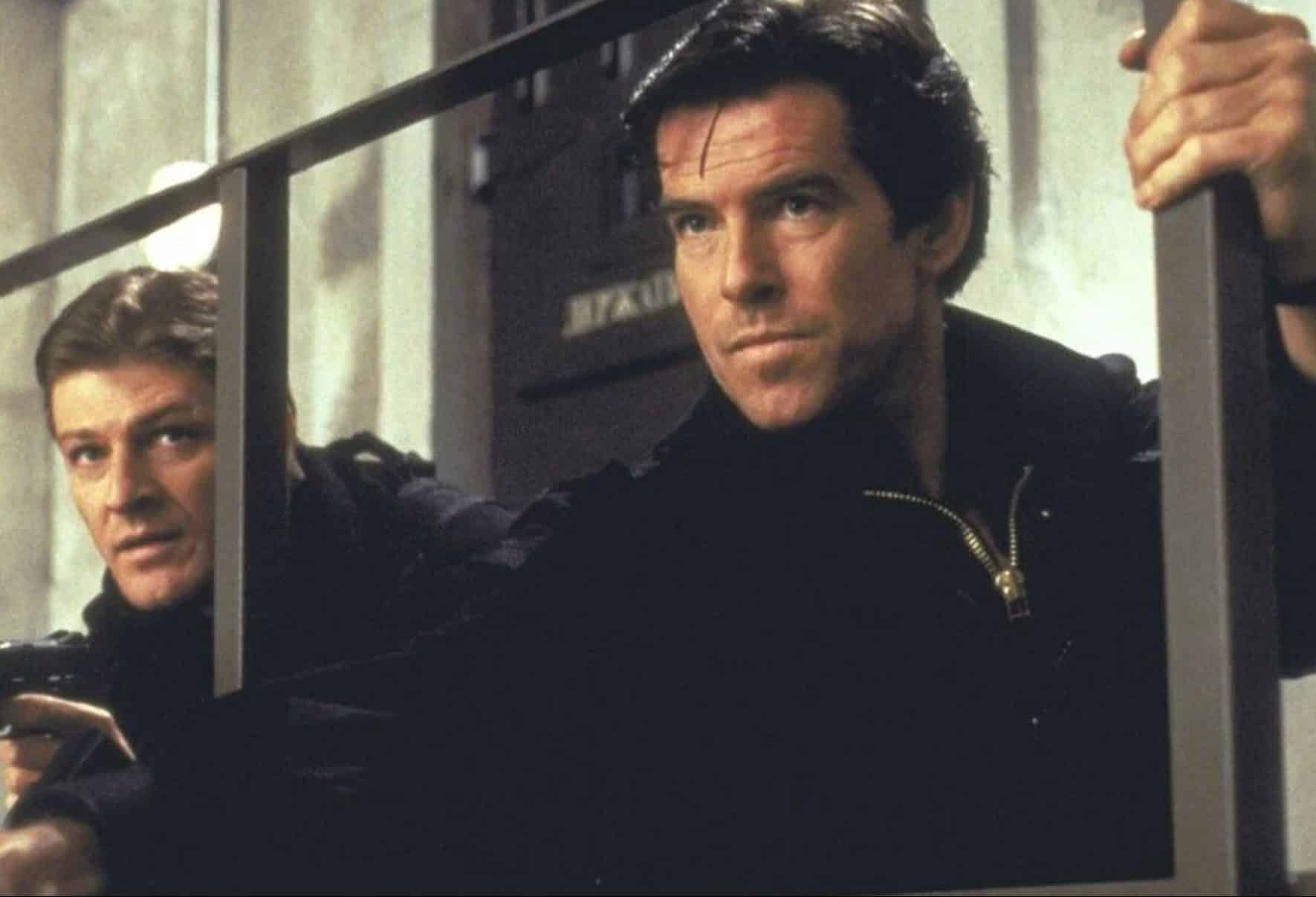
When Pierce Brosnan was introduced as the fifth James Bond actor on 1995’s GoldenEye, it proved to be one the true highlights of the series. With Brosnan pitching his performance midway between Connery’s brooding menace and Moore’s sardonic charm, the actor delivers a compelling take on the character.
Happily, Brosnan is backed up not only by a well-above-average script, but also one of the best ensemble casts in Bond history. GoldenEye sports exemplary villains in Bean’s Trevelyan and Famke Janssen’s Xenia Onatopp, a great love interest in Izabella Scorupco’s Natalya Simonova, and perhaps most notably, Judi Dench is introduced as the third M.
One of the worst: A View to a Kill

It’s easy to forget given he took on the role more than a decade later than Sean Connery, but Roger Moore was actually the older of those two Bond actors. While this wasn’t too obvious at first, it became ever more apparent in Moore’s later Bond films; and when the actor finally had the good sense to stand down, aged 57, it was hard not ask why he hadn’t done it a few films sooner.
Still, even if Moore hadn’t been far too old for the part – and clearly less than a match for his athletic female counterpart, Grace Jones’ May Day – it’s doubtful that 1985’s A View to a Kill would have worked all that well. Moore himself would admit later the film didn’t work, feeling that the tone wasn’t quite right.
One of the best: Goldfinger
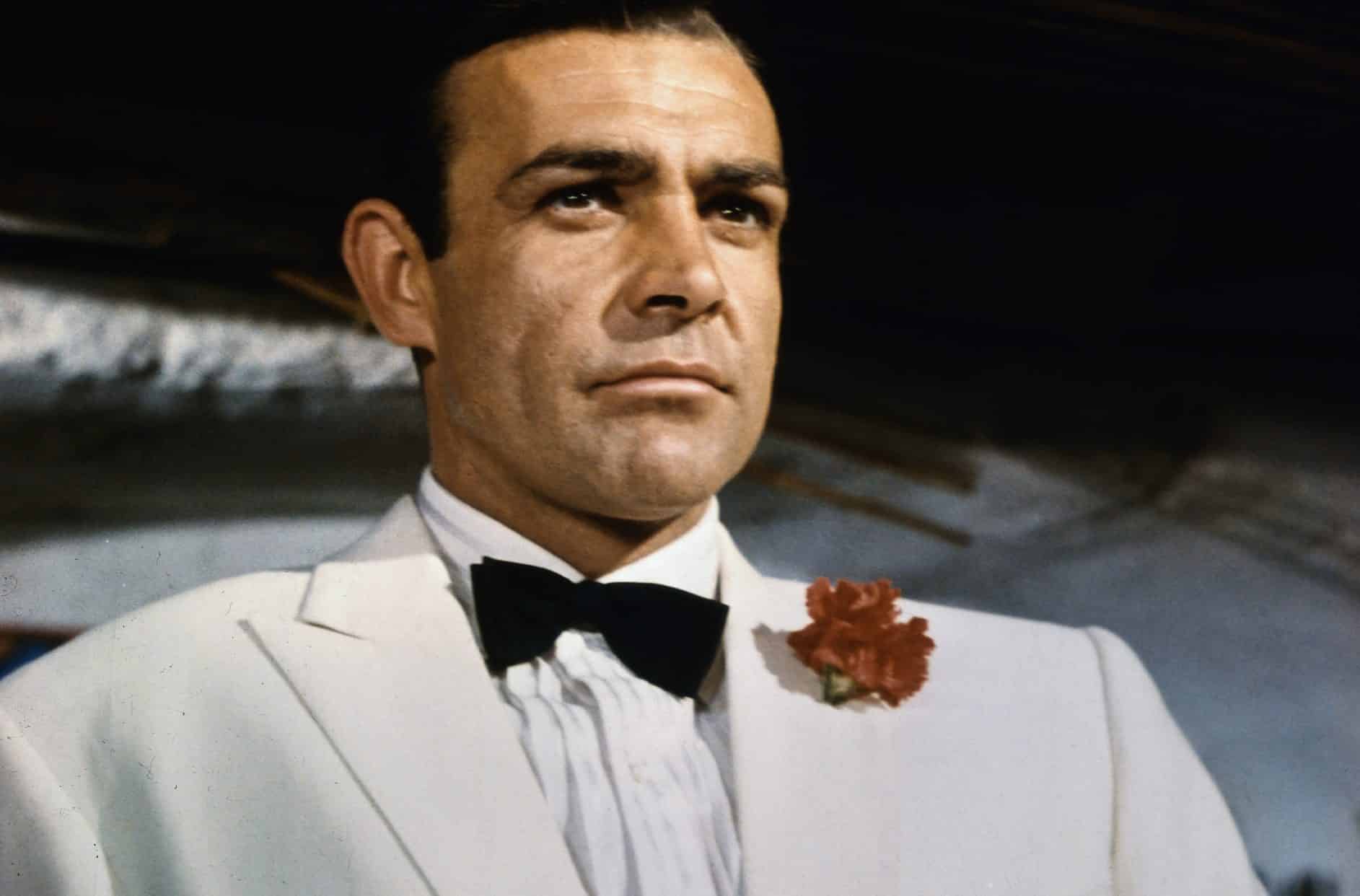
Sean Connery and company had barely put a foot wrong in their first two James Bond movies, but with 1964’s Goldfinger they cranked things up into a whole new gear. The third 007 adventure cemented most of the key elements of the franchise going forward, including searing theme songs, outlandish gadgets and Aston Martins.
Connery’s charisma was beyond question by the time Goldfinger came around, and Gert Fröbe’s bad guy of the title proves one of the most memorable Bond villains of them all. Honor Blackman makes for one of the most memorable Bond girls ever, and not just for her audacious character name of Pussy Galore.
One of the worst: Thunderball
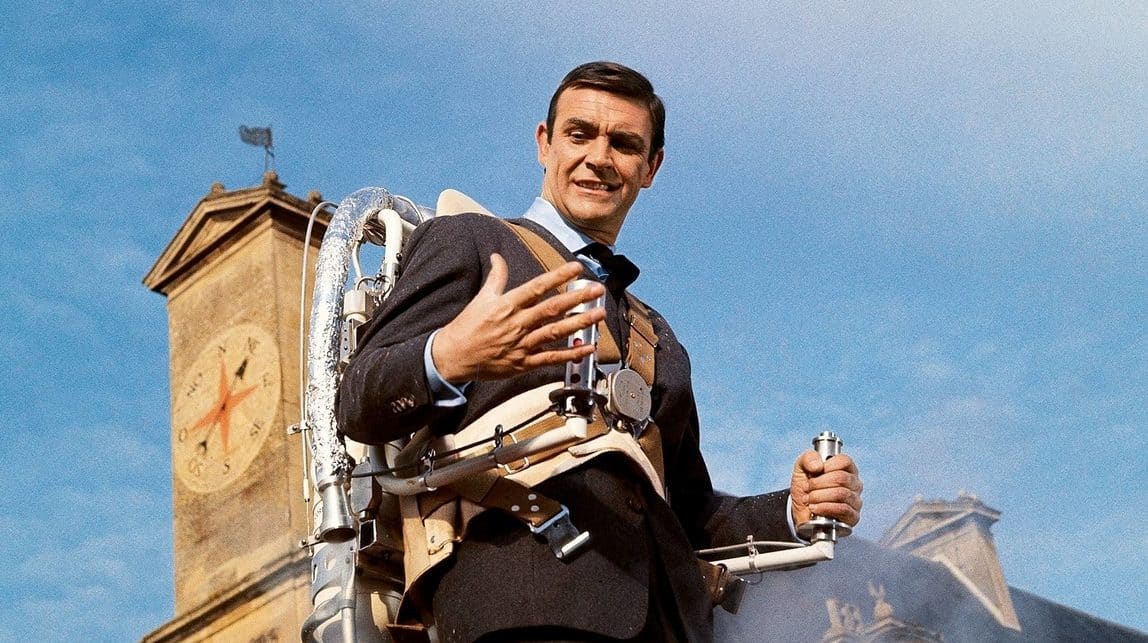
1965’s Thunderball was the fourth James Bond movie in as many years. It’s not too surprising, then, that Sean Connery was visibly getting bored of the routine. After Goldfinger proved a smash with its spectacle, stunts and gadgets, Thunderball makes a point of piling these on ever thicker – unfortunately, it’s at the expense of character and story.
The charm of the Bond movies has always been down to their awareness of their own inherent absurdity, but it’s in Thunderball that the balance starts to get thrown off: look no further than the stunningly unnecessary scene in which Bond stages an escape with what was then a state of the art jetpack (and behold Connery’s clear embarrassment at having to do so).
One of the best: Casino Royale
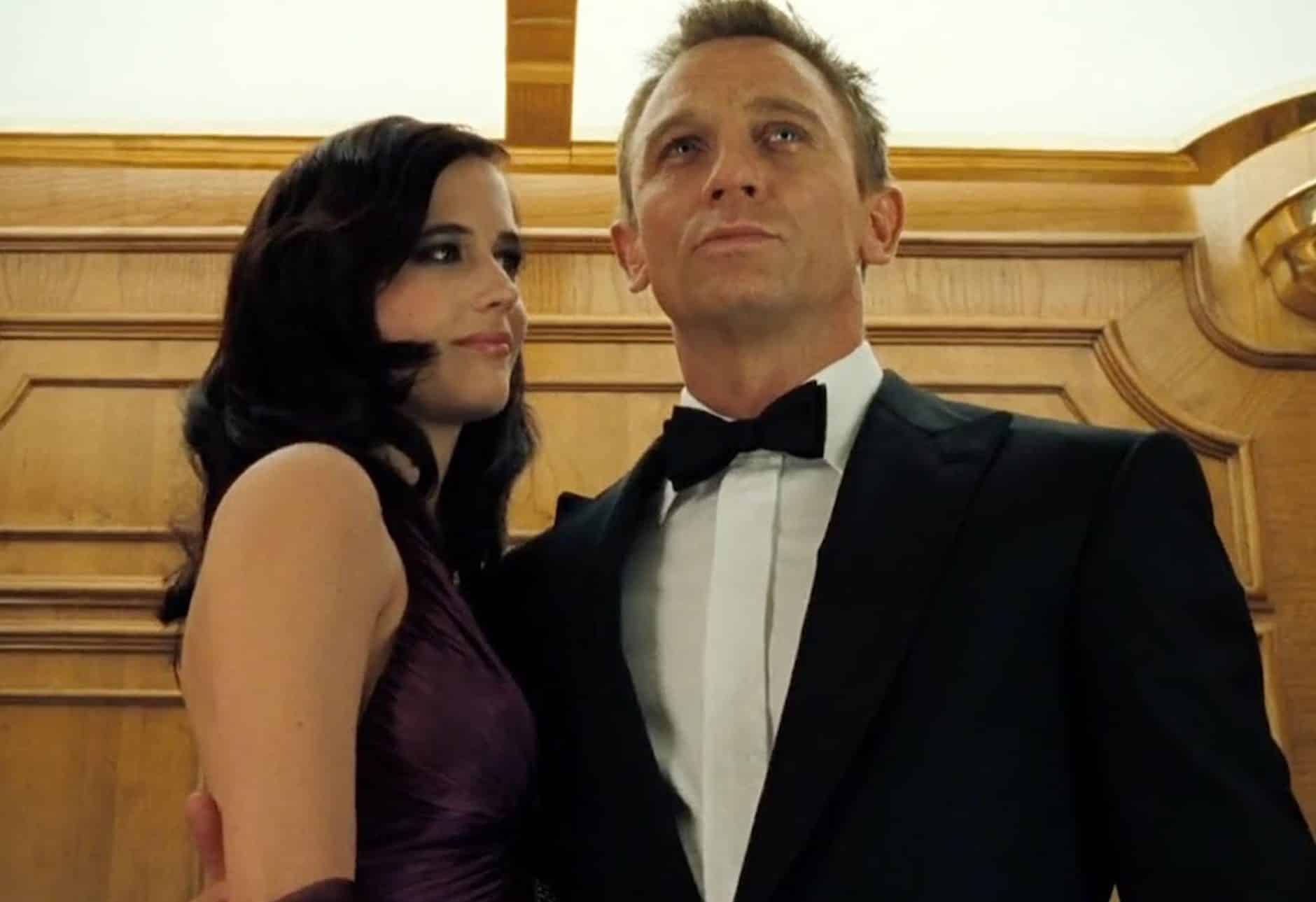
Pierce Brosnan may have aspired to present a more personal, character-based Bond, but this dream would not be fully realised until the role was taken over by Daniel Craig in 2006’s Casino Royale. Although Craig’s casting was initially controversial, he quickly proved his critics wrong by giving us the toughest, most physical and most realistic Bond ever.
Casino Royale is a largely faithful adaptation of Ian Fleming’s very first James Bond novel (previously adapted in the non-canon 1967 spoof of the same name). The film also takes inspiration from the Bourne movies and Christopher Nolan’s Batman Begins, with Craig portraying a younger, less experienced and more volatile 007.
One of the worst: Quantum of Solace
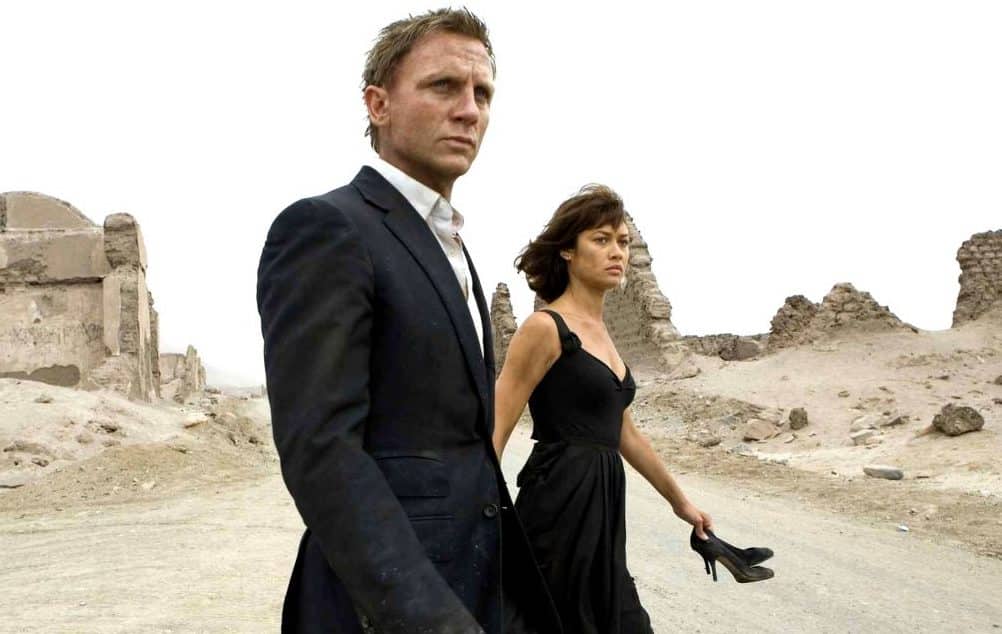
Oh dear. Daniel Craig’s tenure as James Bond started so well, yet his second go-around in 2008’s Quantum of Solace proved to be one of the most instantly forgettable 007 adventures. It had the misfortune of starting production during a writer’s strike, which meant the shoot began with a script that wasn’t ready, but which legally couldn’t be revised during the shoot.
This explains the comparatively short running time of Quantum of Solace (at 106 minutes, it’s the shortest Bond movie ever), and the long swathes of the film which pass without dialogue, as Daniel Craig and director Marc Forster tried to ad-lib their way around the deficiencies in the screenplay. Alas, their efforts were not too successful.
One of the best: From Russia with Love
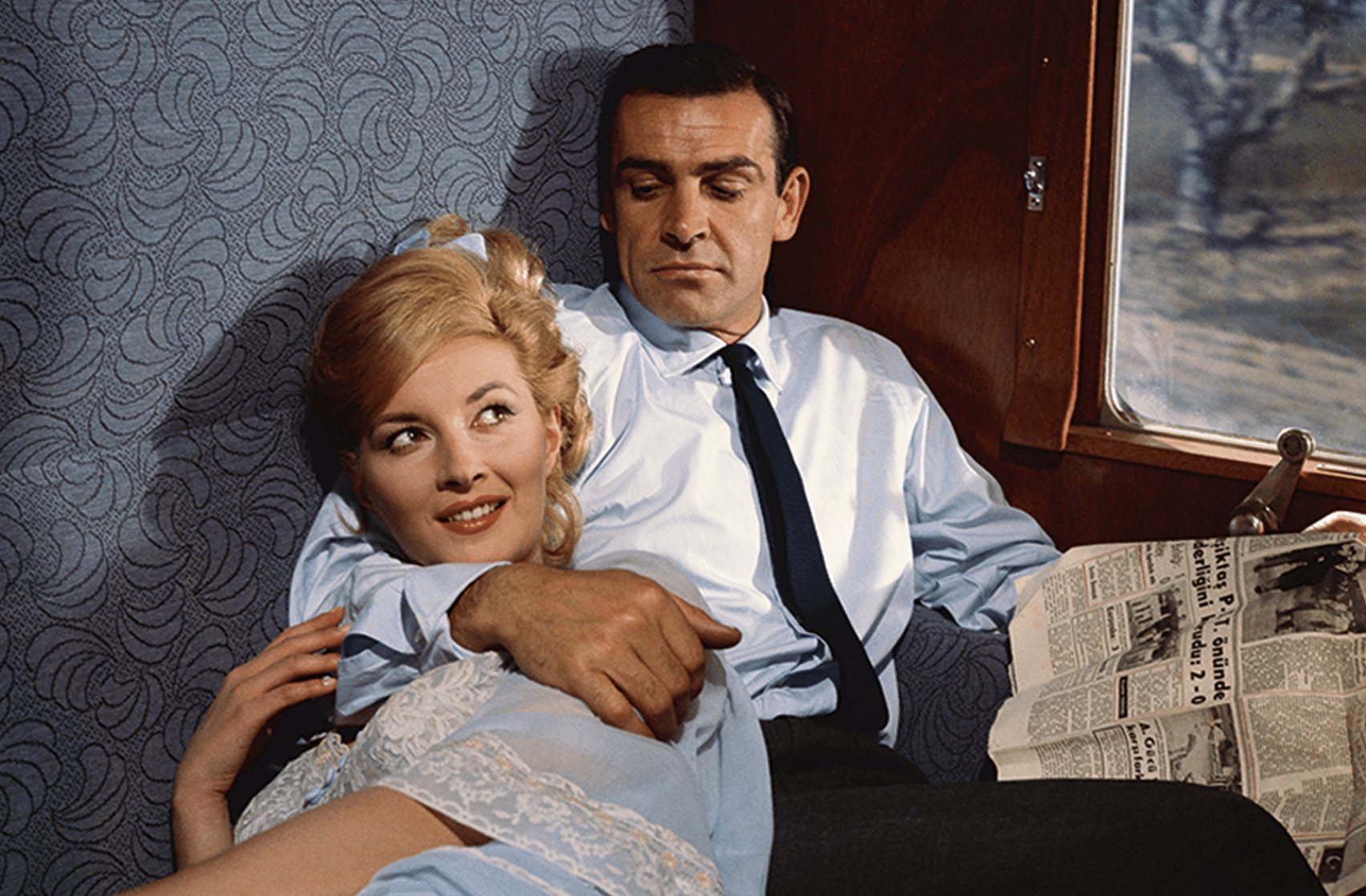
The second entry in the Bond movie series, 1963’s From Russia with Love is in many ways one of the most atypical 007 films, but also the closest in tone and content to Ian Fleming’s original novels. It plays out on a far smaller scale than the more lavish films that followed, with character and dialogue taking precedence over violence and gadgetry.
This film really cemented the notion of Bond’s irresistibility to the opposite sex, as the film sees MI6 contacted by Soviet consolate clerk Tatiana Romanova (Daniela Bianchi), who wishes to defect to the West because she has seen Bond’s photograph and fallen in love with him. What follows is an intimate affair set largely on famed train the Orient Express.
One of the worst: The Man with the Golden Gun
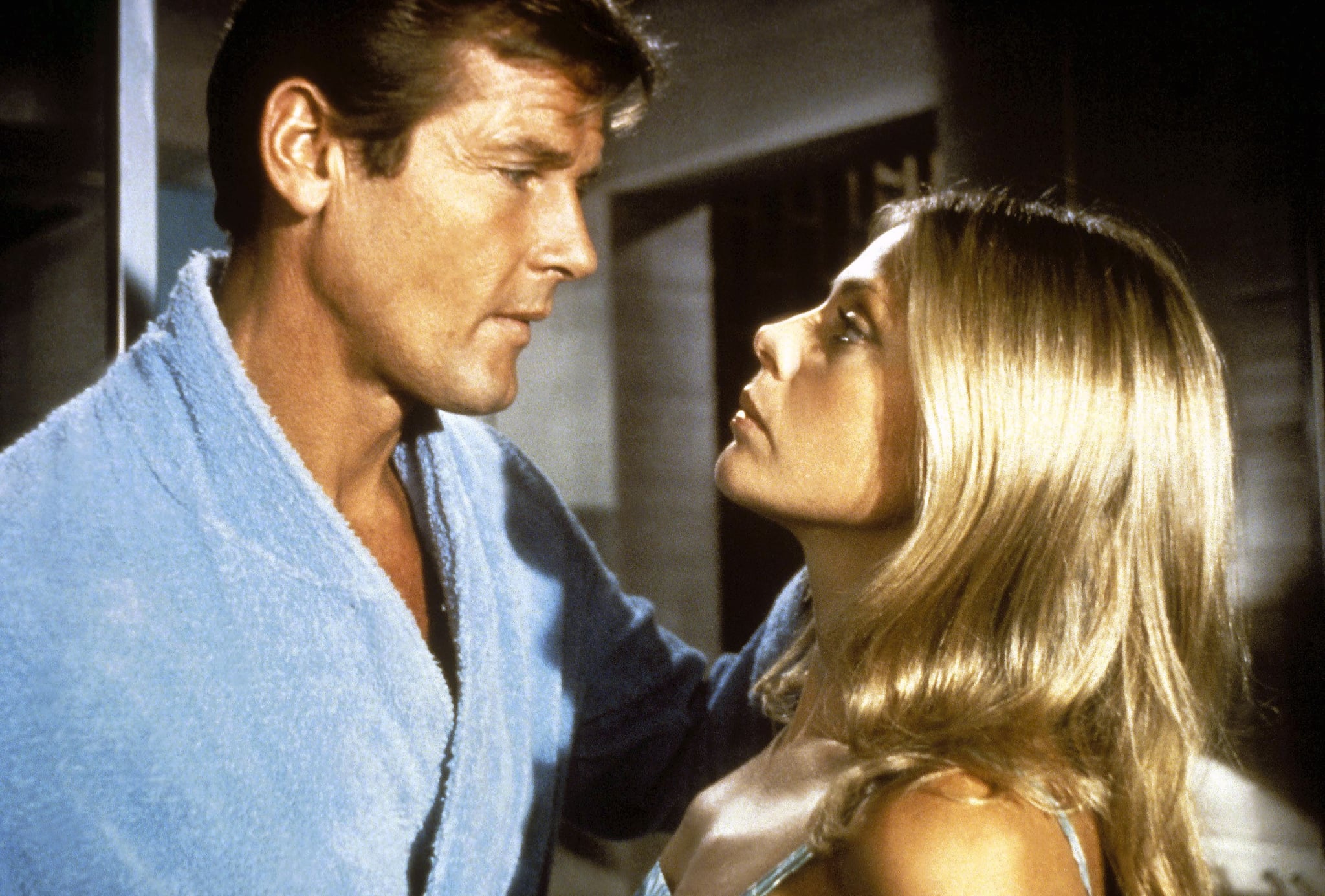
1974’s The Man with the Golden Gun was Moore’s second outing as 007, and it was by far the silliest entry in the series up to that point. Humour may have always been key to the Bond formula, but this one went more into the realms of outright spoof, more likely to inspire cringes than laughs today.
It may boast one of the best Bond villains in Christopher Lee‘s Scaramanga, and one of the greatest stunts of the series in the ‘corkscrew’ car jump. Sadly, this isn’t enough to offset the overriding absurdity of proceedings. Further minus points: Britt Ekland’s Goodnight is a strong contender for the most annoying Bond girl ever, while Lulu’s title song is among the weakest Bond themes.
One of the best: The Spy Who Loved Me
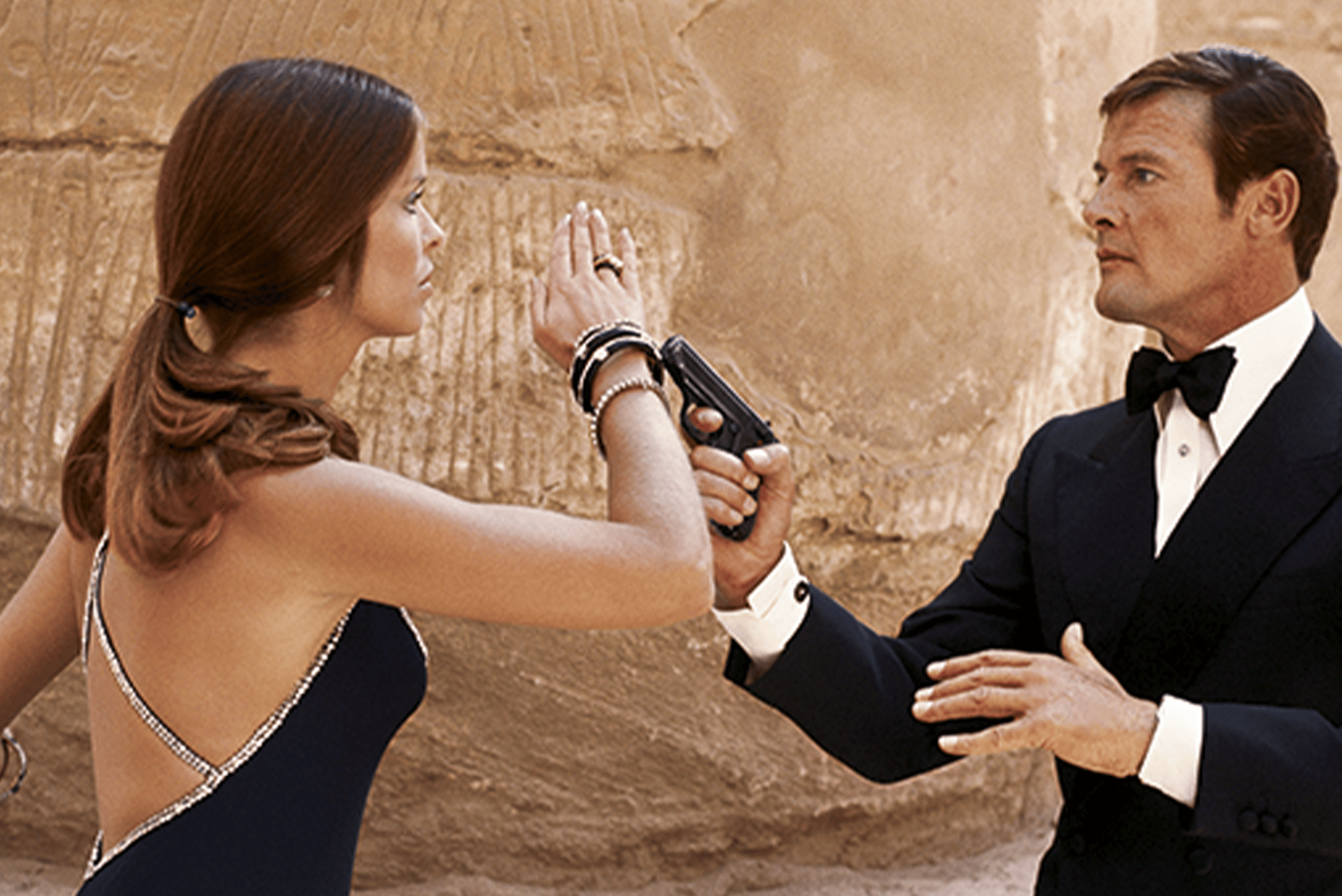
Roger Moore’s second Bond movie may be among the worst of the lot, but when it came time for his third they pulled out all the stops. 1977’s The Spy Who Loved Me is one of the most lavish, endlessly rewatchable films in the series, with Bond and KGB Agent Anya Amasova (Barbara Bach) reluctantly teaming up to stop the megalomaniacal Stromberg (Curd Jürgens) from destroying the world.
Admittedly, The Spy Who Loved Me borrows quite heavily from 1967’s You Only Live Twice; substitute stolen rockets for stolen submarines, and it’s near enough a remake. However, there’s no denying The Spy Who Loved Me boasts some of the most iconic moments in Bond history, including Bond’s fight with Richard Kiel’s hulking henchman Jaws, and the submersible Lotus Esprit.
One of the worst: Die Another Day
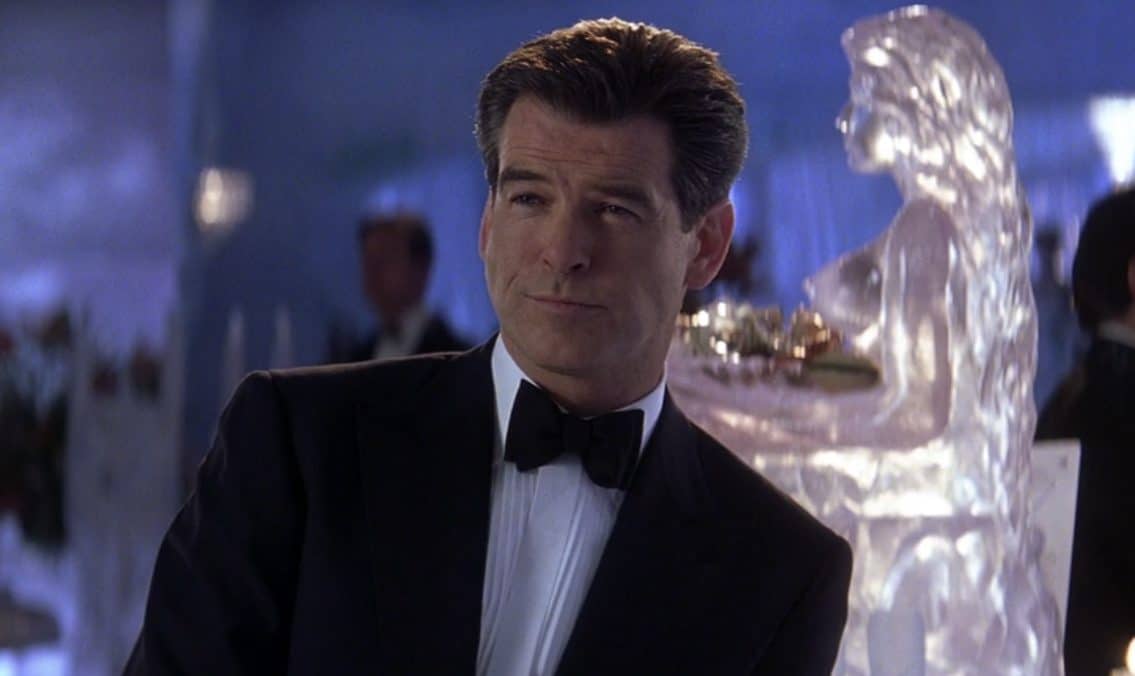
Pierce Brosnan’s Bond movies often walked a delicate line, attempting to balance character-based drama with outlandish spectacle. The scales were completely off on 2002’s Die Another Day, one of the most misjudged, imbalanced and downright ridiculous Bond movies ever.
After one of the darkest, most atypical Bond intros (with Brosnan’s 007 is incarcerated and tortured), the film somehow degenerates into the daftest entry since Roger Moore’s heyday with its diamond-powered laser, invisible car, a bad guy who changes his ethnicity with gene therapy, and some of the worst use of CGI in the last two decades.
One of the best: You Only Live Twice
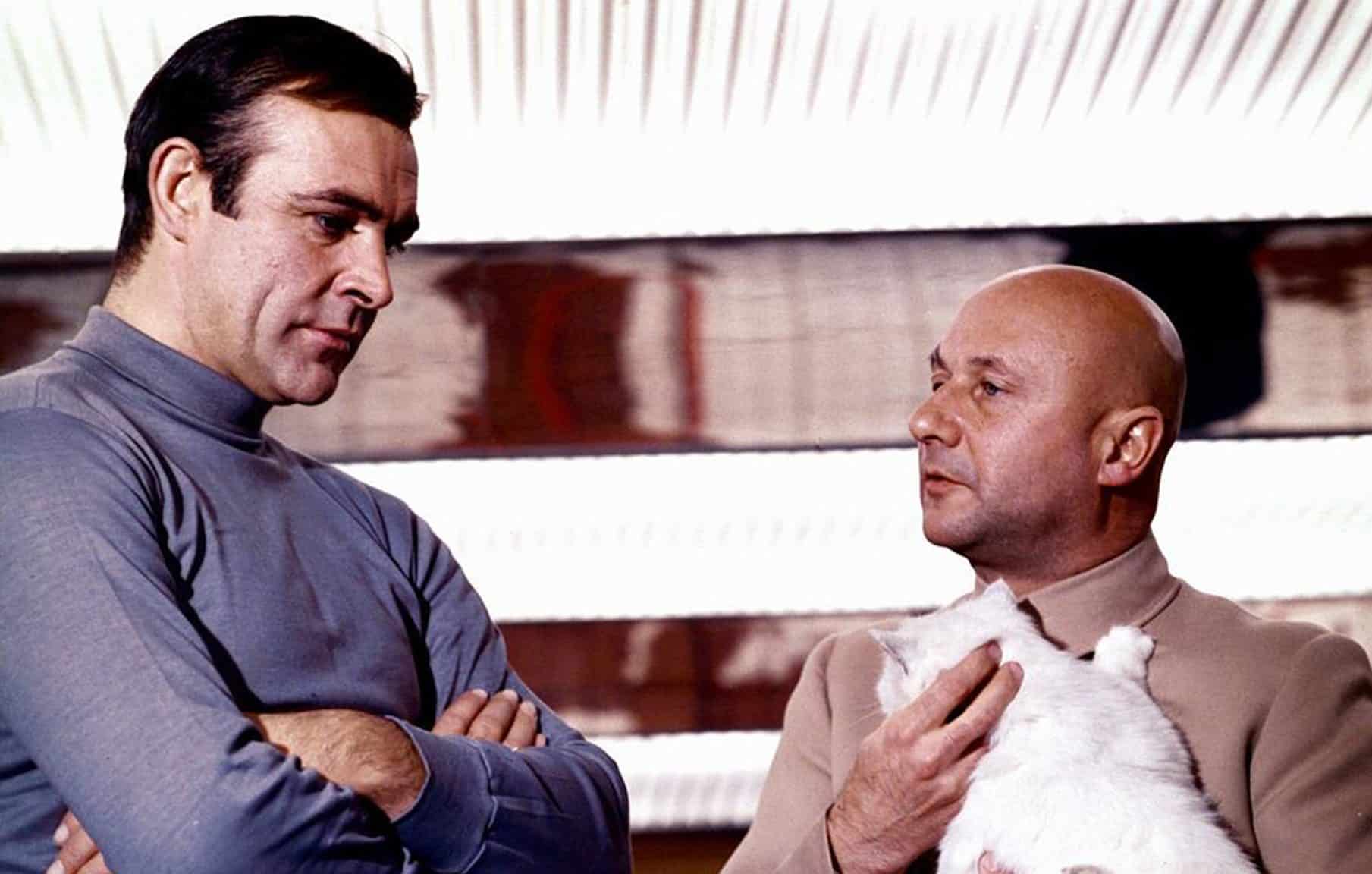
The fifth film in the series, 1967’s You Only Live Twice sees Bernard Lee’s M promises Bond that this mission is “the big one.” True enough, it’s the largest scale film of the Sean Connery era, with Bond battling Donald Pleasance’s Blofeld at the dormant volcano headquarters of the villainous SPECTRE.
You Only Live Twice is not without its problematic elements, most notably with Bond’s ‘makeover’ to appear Japanese, and some shameless displays of sexism. Then again, political correctness and James Bond have never been the best of friends anyway.
One of the worst: Moonraker
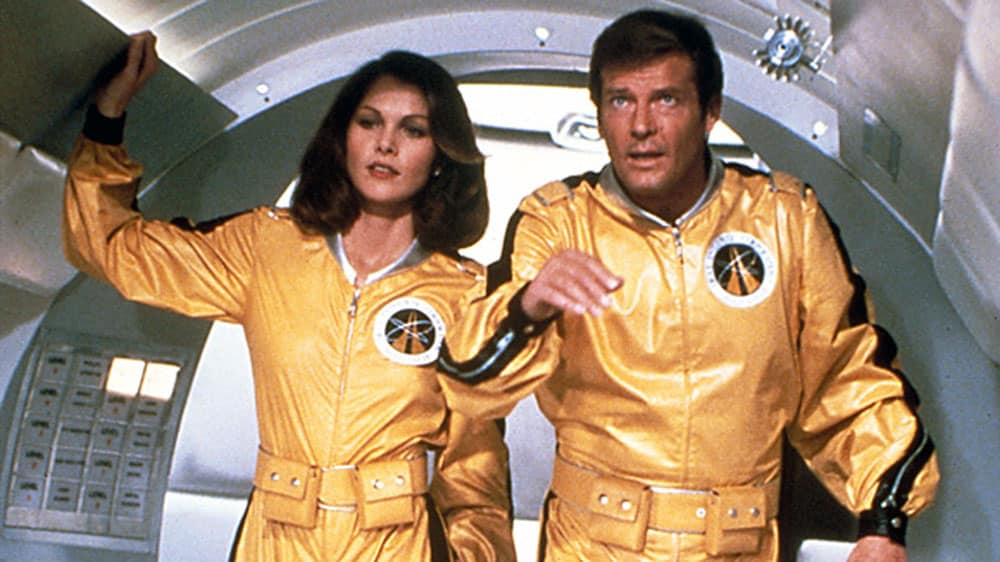
Historically, the James Bond movies have tended to be trend-setters in and of themselves. 1979’s Moonraker represents one of the few times that the Bond producers chose instead to try and jump on the bandwagon of what was popular at the time – and, while they reaped the rewards at the box office, they hit a low point creatively.
Taking basically nothing from Fleming’s story but the title, Moonraker sees Bond sent on a mission to outer space, cashing in on the renewed interest in science fiction in the wake of Star Wars. Previous Roger Moore movies may have been a bit OTT, but Moonraker takes it all a little too far.
One of the best: The Living Daylights
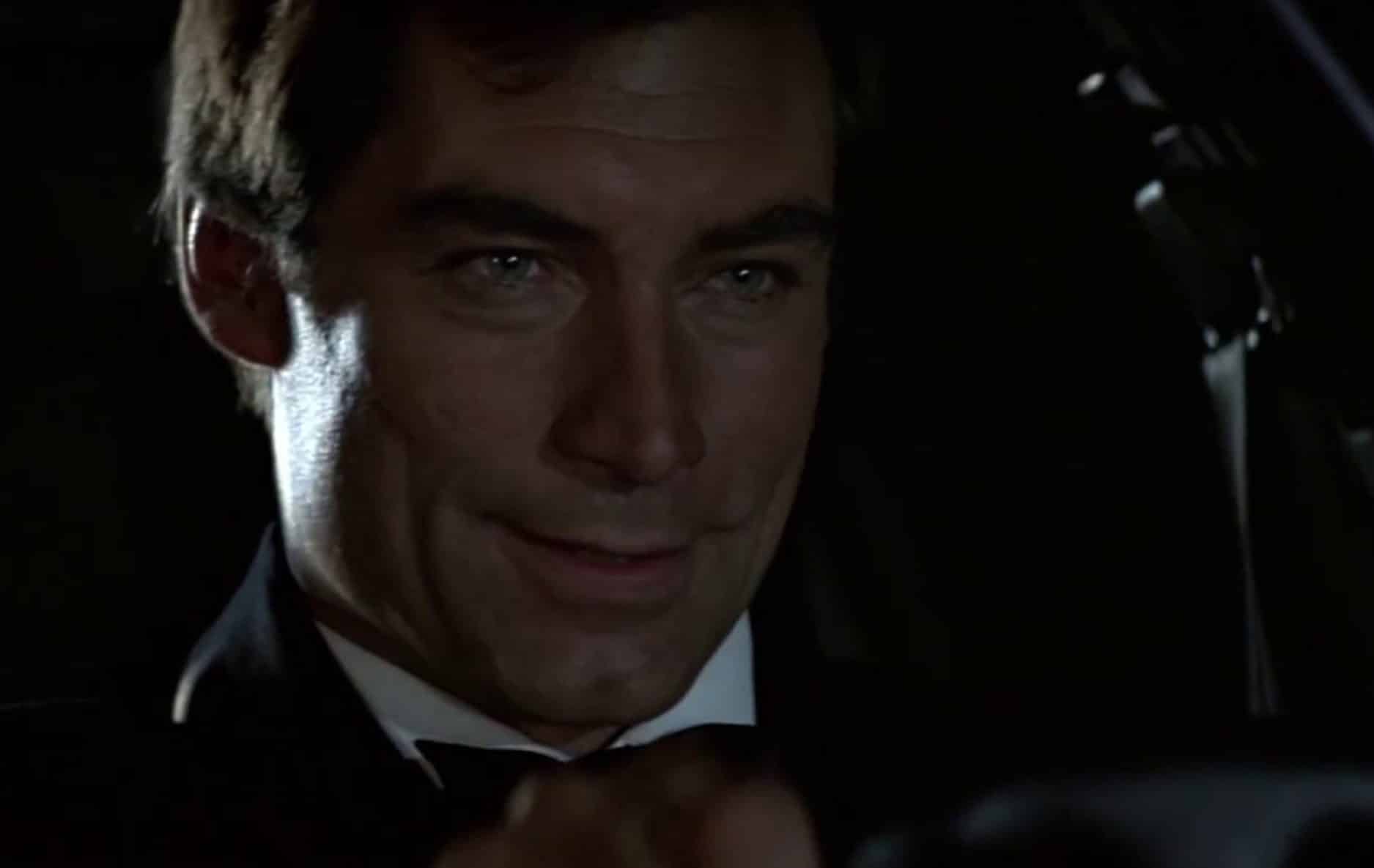
By the time Roger Moore finally retired as James Bond, the franchise was in greater need of fresh blood than ever before. The introduction of Timothy Dalton as the fourth 007 in 1987’s The Living Daylights was a major turning point for the franchise, announcing to the world that Bond was back – and he was younger, stronger and more relevant than he’d been in years.
Returning to Fleming, The Living Daylights is one of the most grounded and gritty entries in the series, largely eschewing sun-kissed glamour in favour of more authentic Cold War espionage action. The comparative lack of old-fashioned Bond theatrics may leave some viewers unsatisfied, but it’s one of the best outright spy thrillers in the series.
One of the worst: The World Is Not Enough
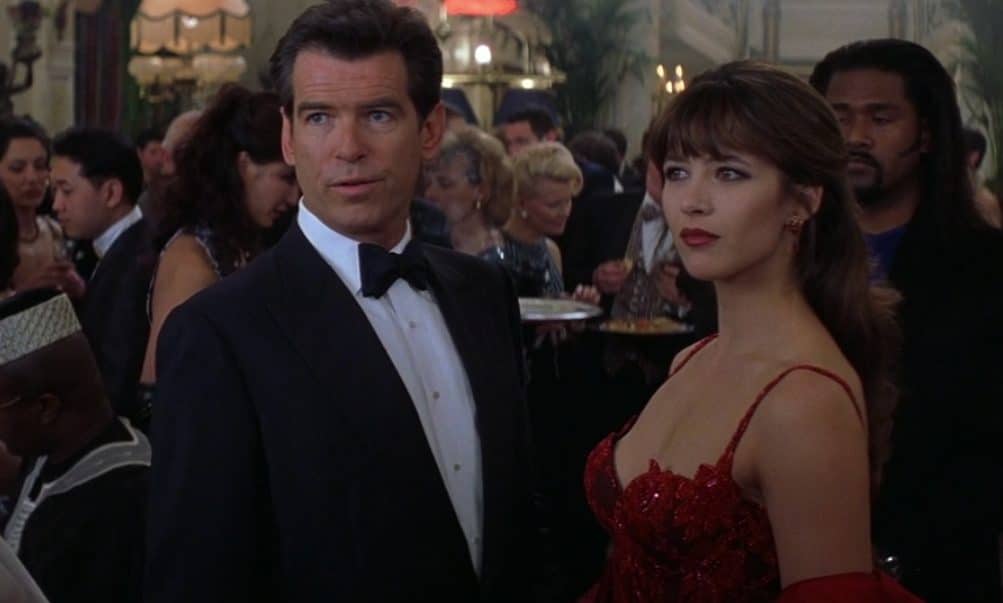
Three films into his run as 007, Pierce Brosnan had made it clear that he wanted the Bond films to continue the path they started down with Timothy Dalton: less cartoonish, more dramatic and character-based. As noble as these intentions might have been, 1999’s The World Is Not Enough struggles to get the balance right.
It doesn’t help that the film’s core premise (centred on the construction of an oil pipeline) really isn’t that compelling; combine this with the rather ham-fisted efforts to make things more emotional, and it all gets vaguely embarrassing. Plus we can scarcely overlook the casting of Denise Richards as the improbably named Dr Christmas Jones, perhaps the strongest contender for the title of worst Bond girl ever.
One of the best: On Her Majesty’s Secret Service
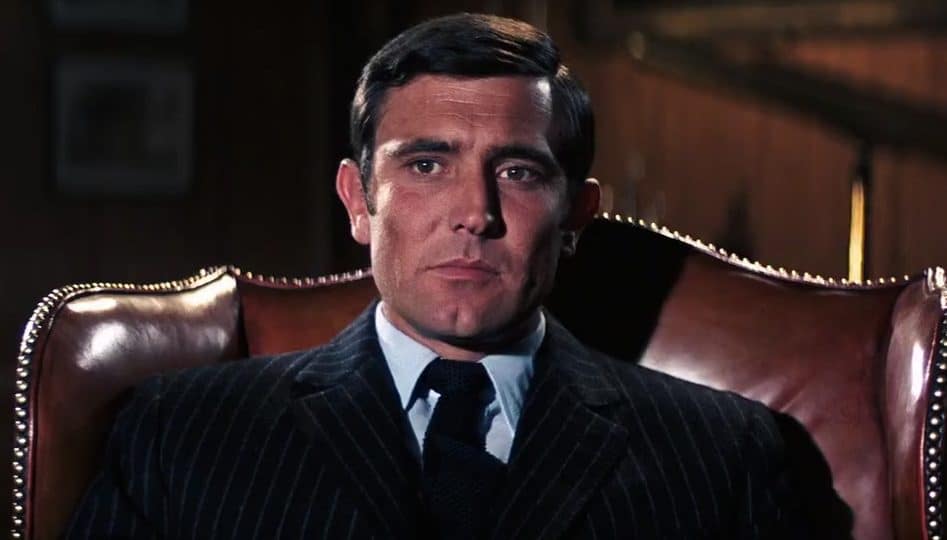
History is never going to look too kindly on George Lazenby, the Australian model-turned-actor who thought one appearance as Bond was enough to establish him as a movie star. Nonetheless, Lazenby’s solo 007 effort On Her Majesty’s Secret Service is one of the very best films in the series, and arguably the first to take some real chances.
The film a more emotional and volatile Bond who openly clashes with M, takes his battle with Blofeld (here played by Telly Savalas) personally, and – biggest shocker of all – falls head over heels in love with Diana Rigg’s Tracy. Beyond this, the film still piles on as much spectacular action as you could hope for, and Lazenby’s performance is strong enough to leave you wondering what might have been had he returned.
One of the worst: Diamonds Are Forever
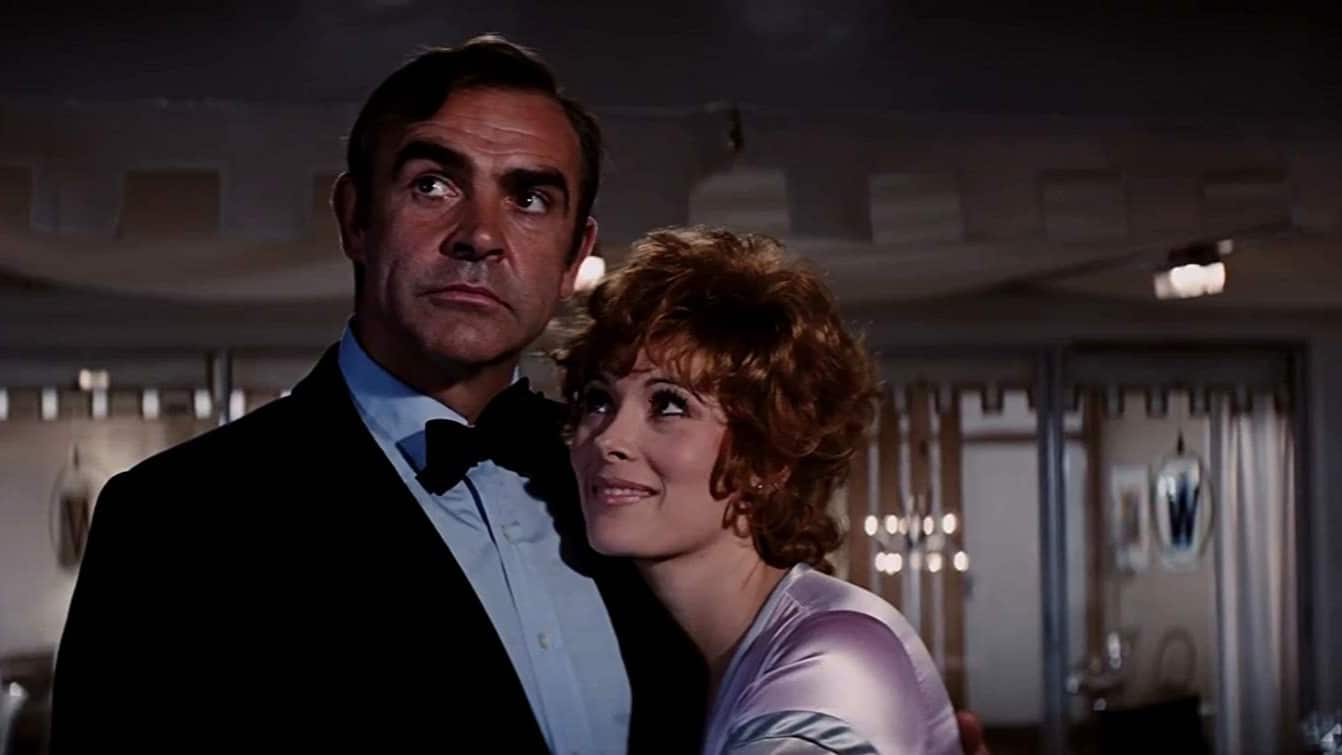
Sean Connery’s last Bond movie (aside from 1983’s non-canon Never Say Never Again) is one of the most depressing entries of the lot. While the producers were able to lure Connery back to play Bond once more following the swift departure of his successor George Lazenby, it’s screamingly obvious that the original 007’s heart just wasn’t in it anymore.
After negative reactions to Lazenby’s more vulnerable Bond, follow-up Diamonds Are Forever goes out of its way to make the spy more ruthless than ever, with a sadistic, mean-spirited cynicism tainting the whole endeavour. Beyond this, the overall tone of the film is too goofy, and the girls (Jill St. John’s Tiffany Case and Lana Wood’s Plenty O’Toole) are painfully two-dimensional stereotypes.
One of the best: For Your Eyes Only
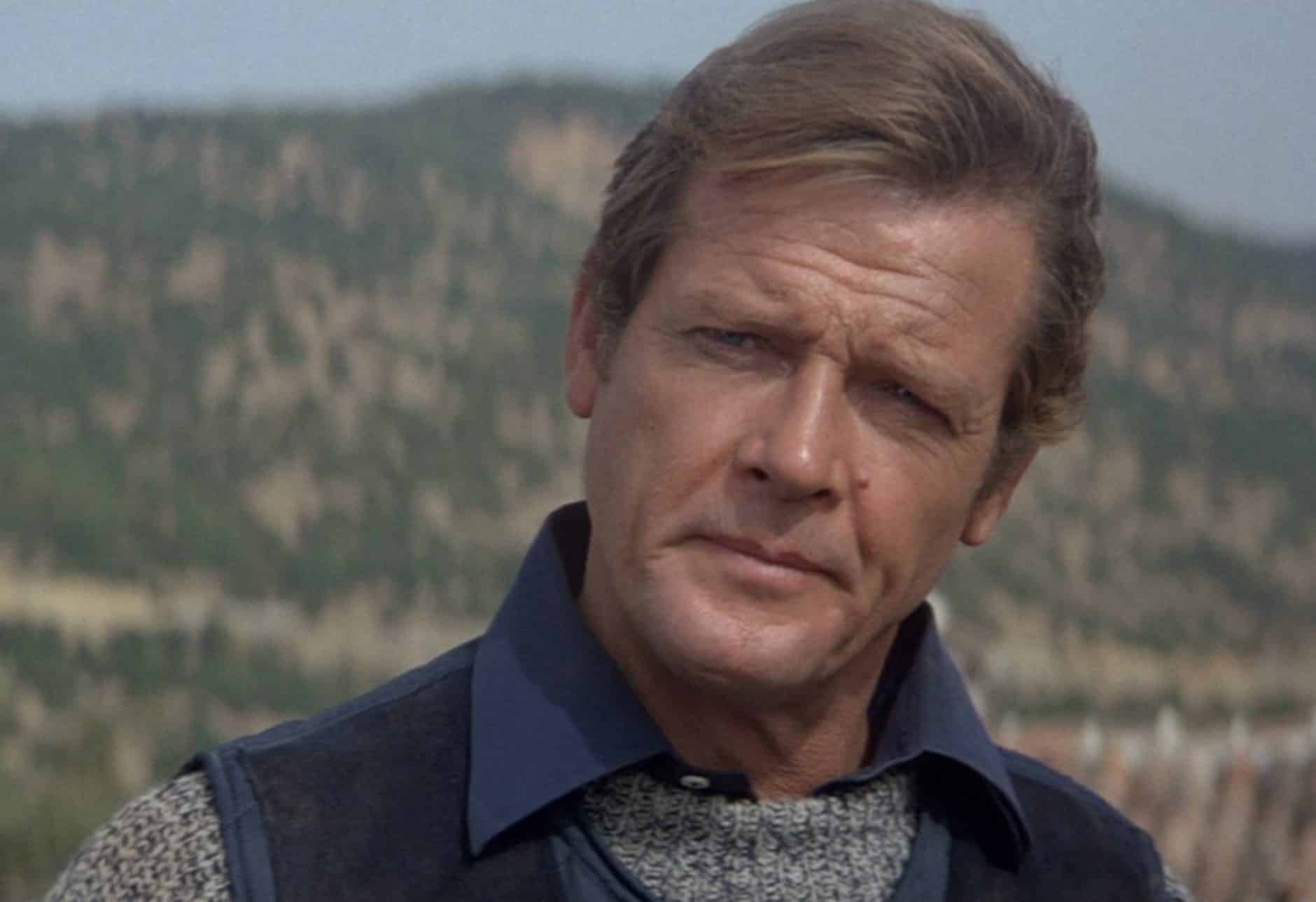
Roger Moore’s tenure as Bond may be associated first and foremost with high camp and far-fetched plots, but For Your Eyes Only proved the actor could play things that bit more down to earth. Moore’s fifth Bond film was a conscious effort to present a more grounded 007 closer in tone and content to Ian Fleming.
For Your Eyes Only also acknowledges that Moore (and indeed, Bond himself) was getting old, and perhaps not quite carrying the same power in the ever-changing world of the 80s. A few goofy moments aside, it’s by far the most straight-laced Bond film of Moore’s tenure, and as such a refreshing break from the norm.
One of the worst: Octopussy
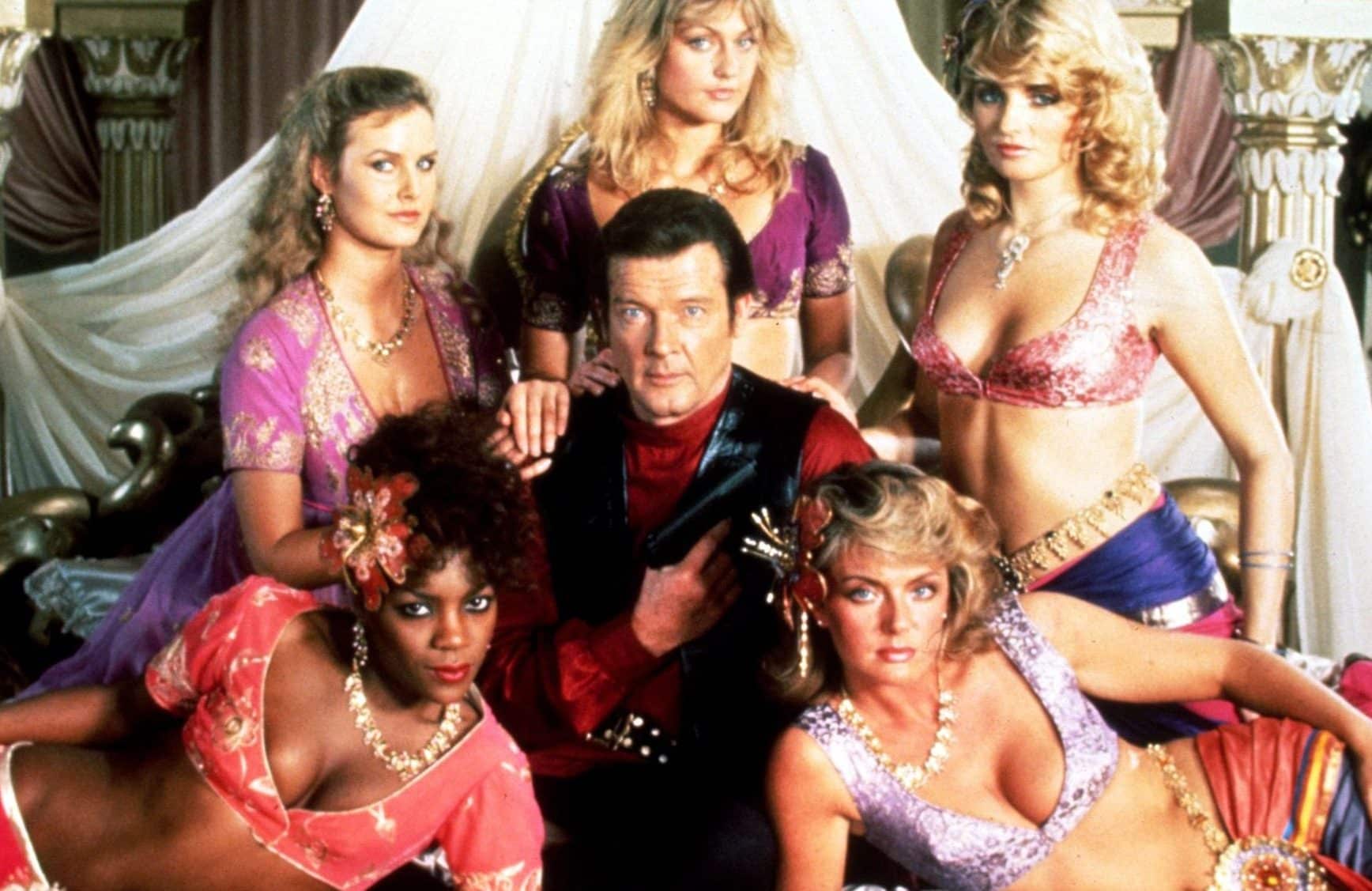
The more grounded and contemplative For Your Eyes Only might have been a good note for the ageing Roger Moore go out on as Bond. However, when the actor returned a sixth time for 1983’s Octopussy, things went dramatically in the other direction. As its eyebrow-raising title might suggest, this is one of the most colourful Bond films of the lot.
How colourful, you ask? Well, this is the entry that sees Bond swing through the jungle like Tarzan, say “sit!” to a man-eating tiger, and finally defuse a nuclear bomb whilst dressed as a clown. Plus, as might also be implied by the title, Octopussy is one of the most flagrantly sexist of all the Bond movies, and rather racist given its stereotypical representation of India.
One of the best: Skyfall
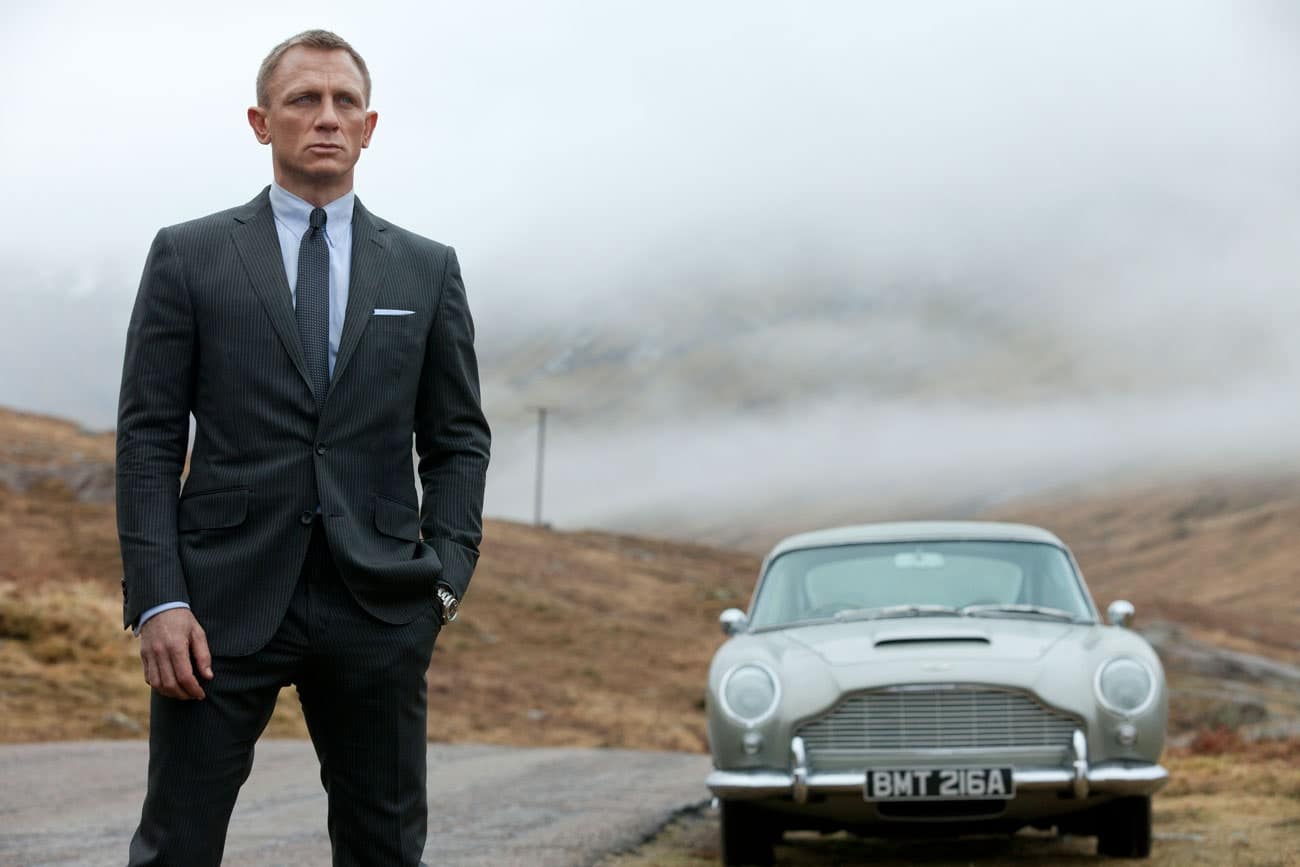
Everyone concerned knew they’d fumbled the ball on Daniel Craig’s second James Bond movie, Quantum of Solace – so his third needed to be something very special indeed. Happily, it was on 2012’s Skyfall that Craig and company really nailed this take on the character, and in so doing produced the most critically acclaimed film in Bond history, with many going so far as to declare it the absolute best in the series.
Sam Mendes was the first Oscar-winning director to board Bond, and he ensures Skyfall is one of the most intelligent, emotional and visually beautiful Bond movies. Happily, they don’t neglect to bring back some of the old 007 fun, with Skyfall offering plenty of high octane action scenes, a wonderfully theatrical villain in Javier Bardem’s Silva, and just a hint of outright absurdity (man-eating Komodo dragons, anyone)?
One of the worst: Spectre
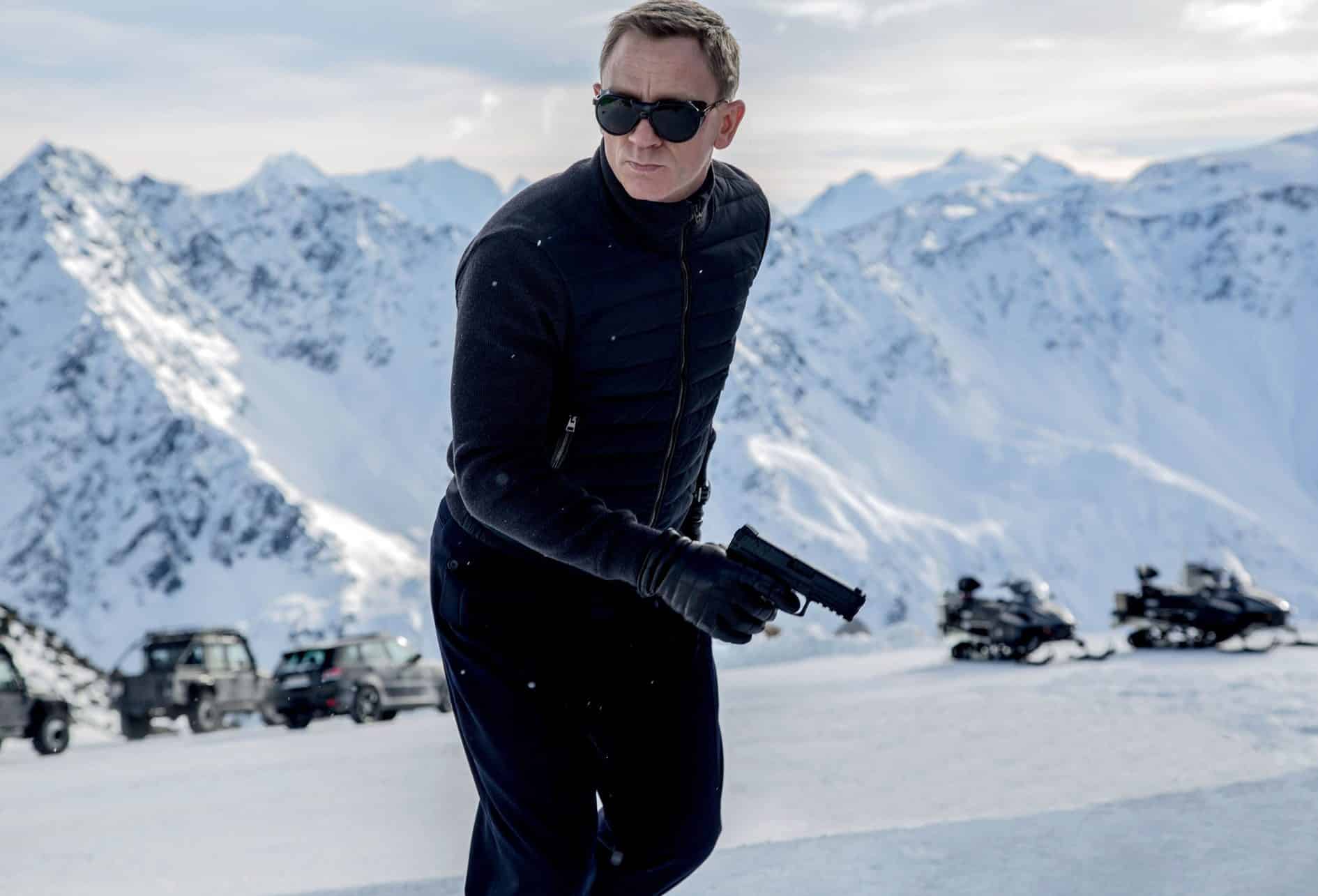
The new approach taken on Craig’s tenure as Bond has proved a double-edged sword. Taking things back to square one has helped build a more grounded, character-based, visceral set of movies; and yet, the insistence on maintaining an ongoing narrative between the films (which hadn’t really been done since Connery) has resulted in over-complicated plots and implausible developments. 2015’s Spectre is by far the worst offender here.
With Sam Mendes returning to direct Craig again after Skyfall, Spectre should have been another smash, but beyond its arresting Mexico City opening sequence, the film falls short just about everywhere. The script’s attempts to link the previous three films fail to convince, the introduction of Christoph Waltz as the new Blofeld is painfully misjudged, and the film totally squanders Dave Bautista’s potentially all-time great henchman Hinx.
One of the best: Licence to Kill
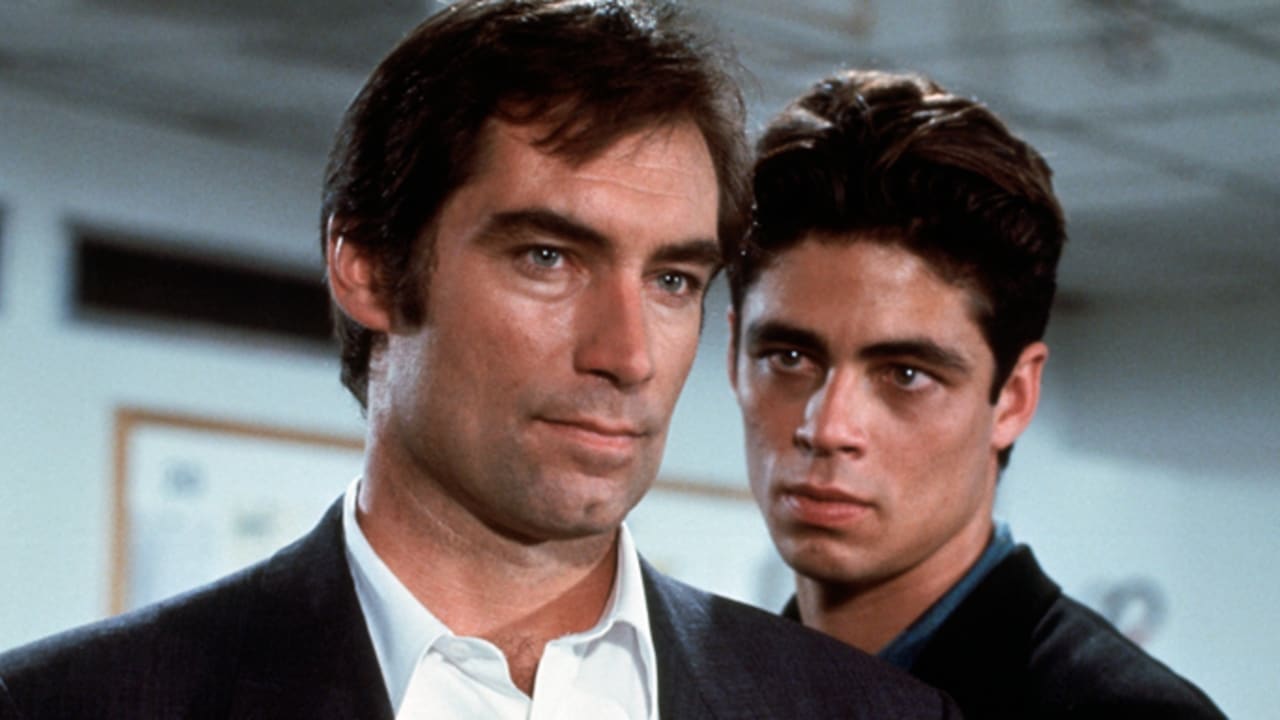
Licence to Kill, Timothy Dalton’s second and last mission as 007, marked the end of an era in more ways than one. It has long been a controversial entry in the Bond series, as its increased level of violence saw it become the first film in the series to get a PG-13 rating in America, and the even more restrictive 15 in Bond’s home nation of Britain.
However, Licence to Kill’s story of Bond going rogue to seek personal vengeance gives us one of the most satisfyingly rough-and-tough takes on the character ever, and the film really makes the most of Timothy Dalton’s hard-edged characterisation. Moreover, it pits Dalton against some really great Bond villains, most memorably a 21-year-old Benicio del Toro as a psychotic henchman.

